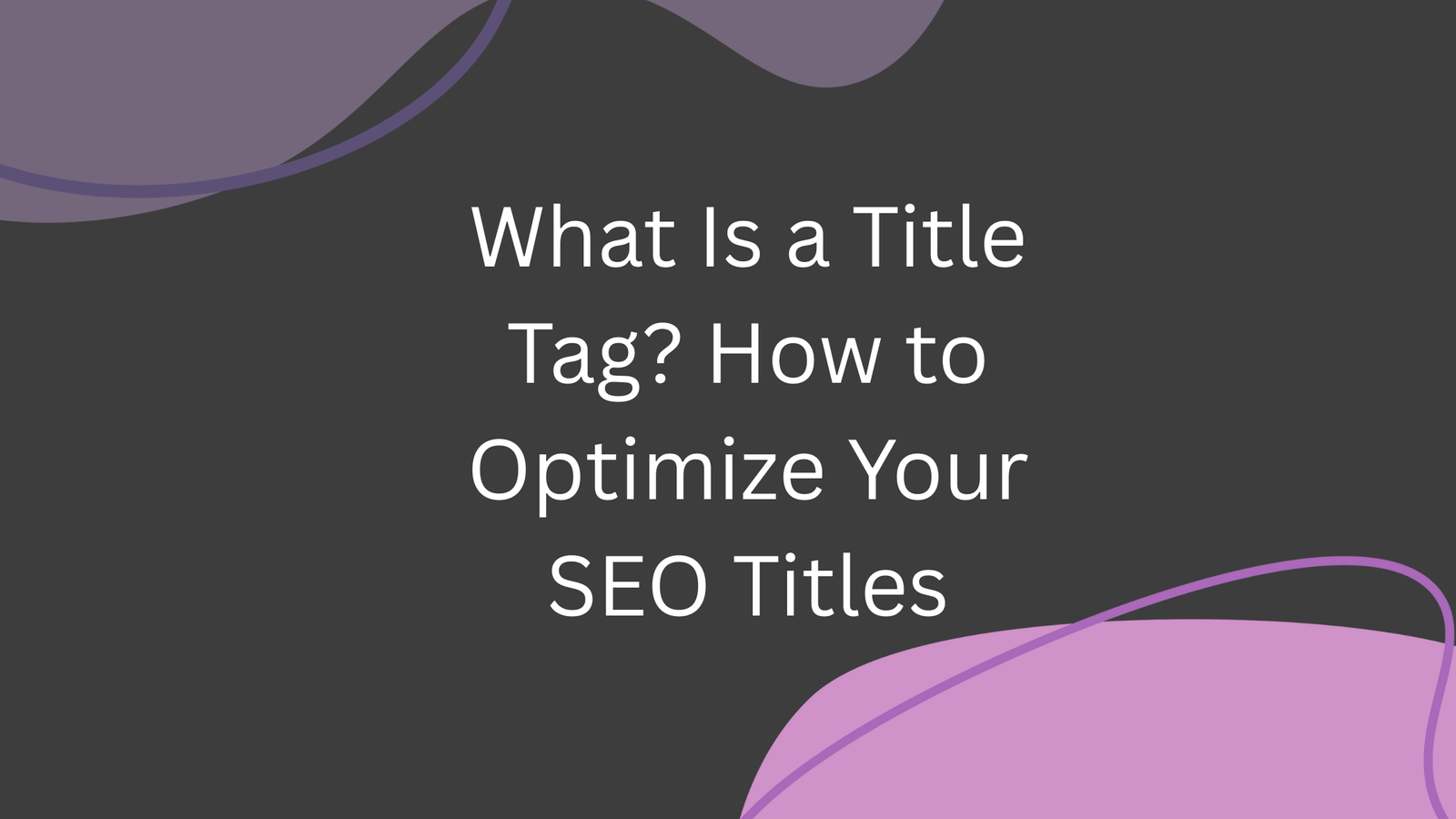If you’re planning to build a website or thinking of giving your current one a fresh look, understanding the basics of webdesign is super important. These days, it’s not just about making a site look pretty—it’s about making it work well for the people who visit it.
Let’s break down the key things that make a website feel modern and easy to use.
1. Think About the People First
Your website isn’t for you—it’s for the people visiting it. If they can’t figure out where to click or what to do next, they’ll leave. Make everything simple and clear.
What helps:
- Obvious buttons (like “Buy Now” or “Contact Us”)
- Menus that are easy to find
- Short, helpful text that gets to the point
2. Make It Work on Phones
Most people are using their phones to browse these days. If your site only looks good on a computer, you’re losing visitors. Start by designing for mobile screens first.
Tips:
- Make sure text isn’t too small
- Buttons should be easy to tap
- Keep the layout clean and scrollable
3. Keep It Fast
Nobody waits around for a slow site to load. Speed matters—big time.
How to make it faster:
- Use smaller image sizes
- Don’t add too many fancy effects
- Avoid clutter and keep things simple
4. Don’t Overdo It
You don’t need to fill every corner of the screen. Clean, simple pages work best. Too much going on just confuses people.
Less is more:
- Use space between things
- Stick to two or three main colors
- Pick one or two fonts and use them throughout
5. Make It Easy for Everyone
Some visitors may have trouble seeing certain colors, reading small text, or using a mouse. Your website should work for everyone, no matter what.
Helpful stuff:
- Use readable text sizes
- Add descriptions for images
- Make sure the site works with keyboard-only use
6. Keep Your Style Consistent
If your homepage looks totally different from your contact page, it can feel like two different websites. Stick to one style so everything feels connected.
What to do:
- Use the same colors and fonts throughout
- Keep your logo in the same spot
- Don’t switch up your tone or writing style randomly
7. Help Google Find You
A nice-looking site isn’t much use if nobody can find it. Good webdesign also means helping your site show up in search engines.
Quick tips:
- Use headings (like this one!) to organize your text
- Add page titles and descriptions
- Write clearly using words people might search for (like “webdesign”)
8. Add Some Life
Even small touches like hover effects, sliders, or fun animations can make a site feel alive. Just don’t go overboard—one or two interactive parts are enough.
Examples:
- A button that changes color when you hover
- A photo slideshow
- A small animation when a section scrolls into view
9. Keep Your Content Useful
Design matters, but what your website says is just as important. People come for the info, not just the look.
What works:
- Use simple words
- Break up long text with images or bullet points
- Give answers to the questions people are asking
10. Keep Improving
Once your site is live, watch how people use it. Look at what they click, where they spend time, and where they leave. Then, tweak and improve it.
How to check:
- Use Google Analytics to track visits
- Try free heatmap tools to see clicks
- Ask a few real people to test it out
Final Thoughts
Great webdesign isn’t about doing everything—it’s about doing the right things. A modern website should be clear, quick, and made with people in mind. If you follow the tips above, you’re off to a strong start.
Need help building a site or giving yours a makeover? Just reach out—I’d be happy to help you get it sorted without the techy headaches.







